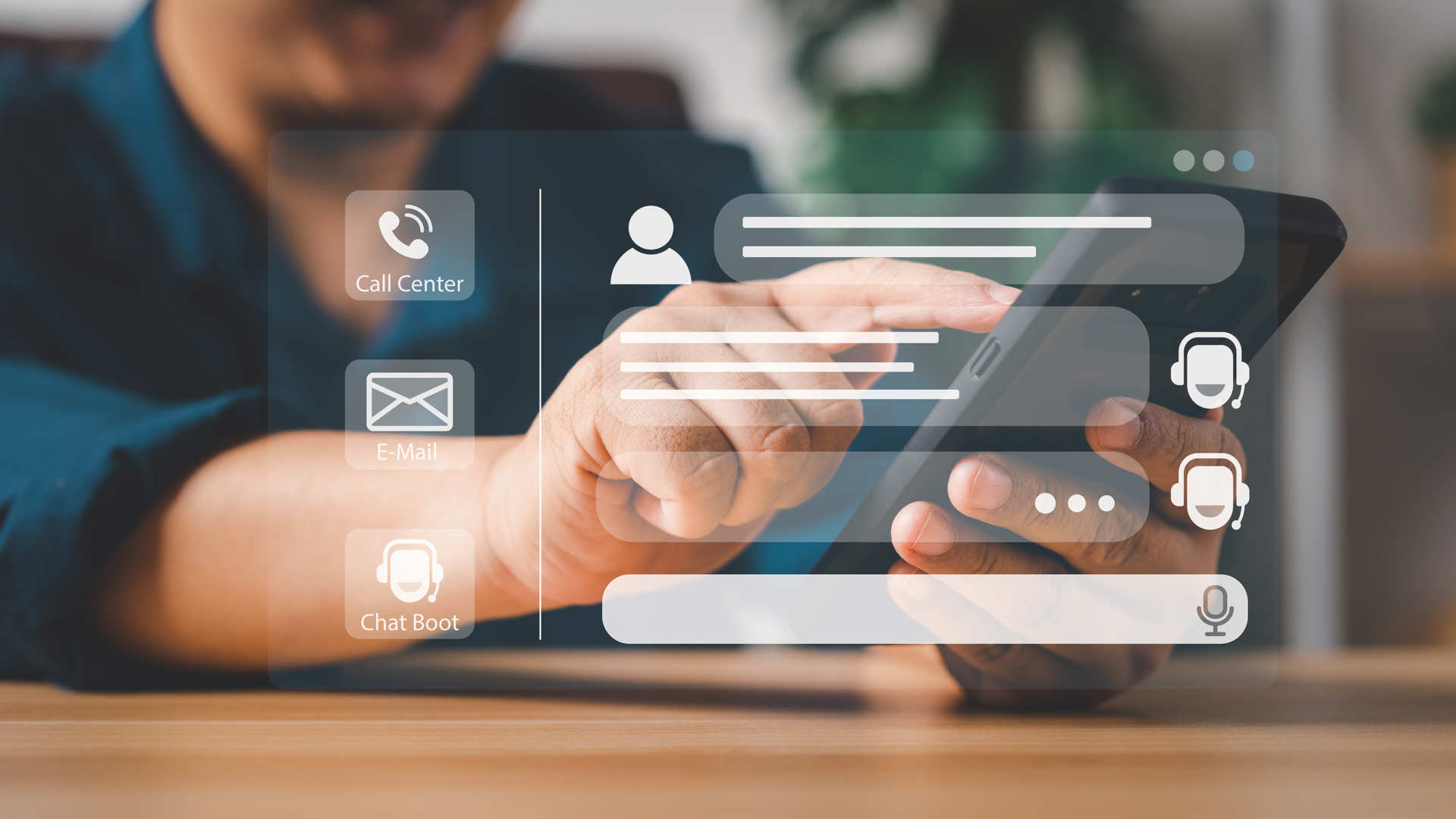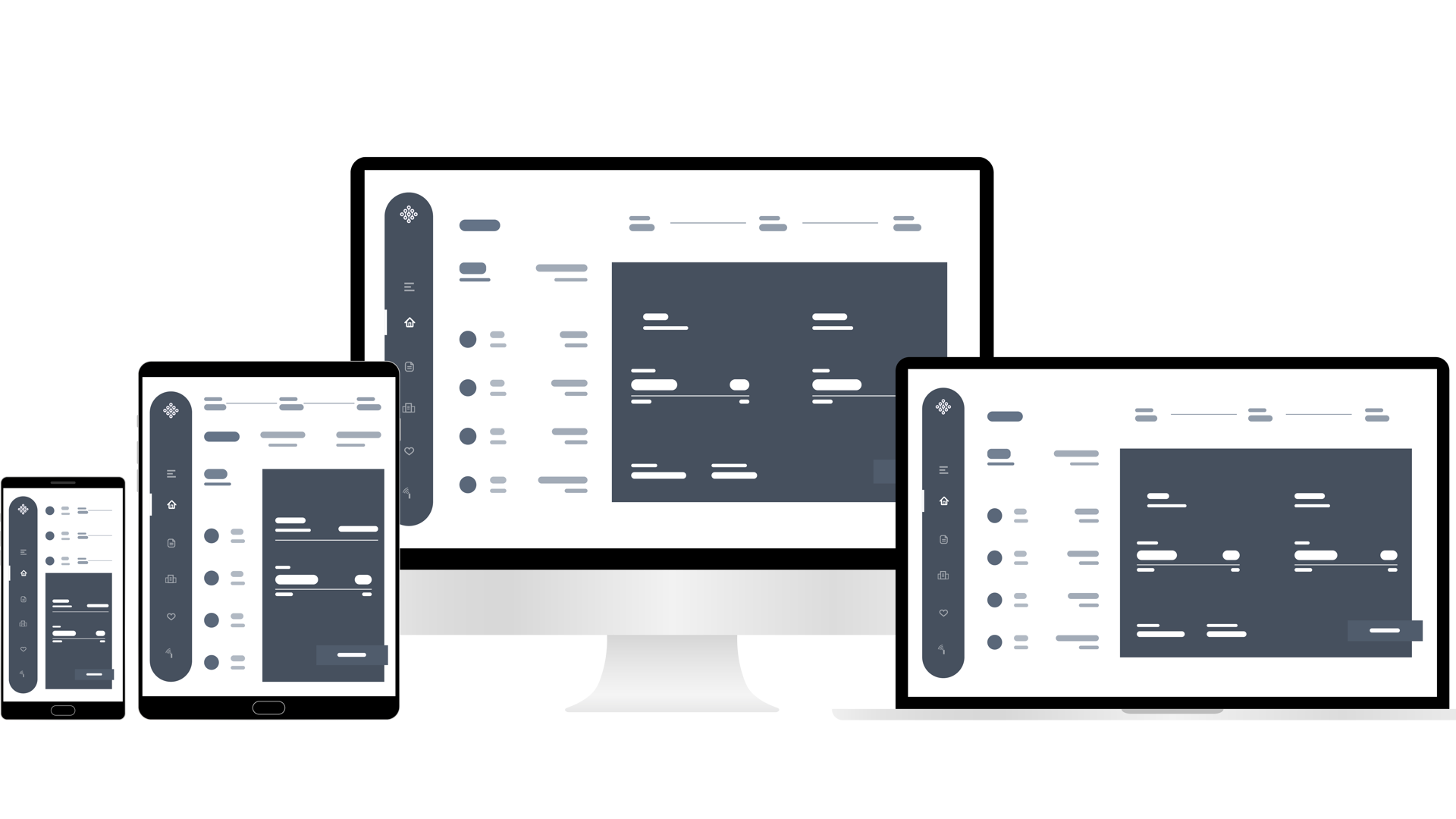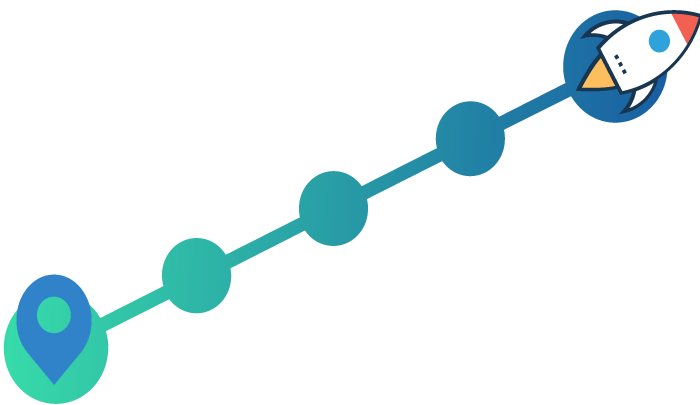Design principles when approaching a Client Portal project.
The team at Element78 has worked on many different styles of client portals over the years. What we mean by a client portal is a secure website that gives businesses the ability to serve their customers better. This could be for a B2C or a B2B audience. This inevitably involves some level of integration with key tech such as operations management systems, CRM, and E-commerce.
We’ve all used client Portals to some extent, from booking a car service to a home delivery food shop. Some can be almost a pleasure to use, but many are rather painful.
Here we explore the design principles for creating a client portal, looking at what can make one portal that little bit more perfect than others.
Don’t start with the technology
If you are looking at a Portal to help drive brilliant service to your customers, then try to avoid going straight to the tech for the answer. Think first about the customer service experience you are looking to provide. This is a key moment to review your actual service and how it stacks up against your expectations and your competition. What would make your service better? Can customers do more self-service style tasks? By asking these questions and engaging with your colleagues, you’ll be able to capture some core tasks that you want to offer your audience.
We help our clients to think through the opportunity. Facilitated workshops bring colleagues together to review and debate the past, present, and future. From this process, we then document clear and agreed requirements that then help guide our design process.

Off the Shelf or Bespoke?
Many vendors of systems will offer some form of client portal bundled in. These may be attractive in terms of ease of setup and cost, but you’ll be basing your customer service experience very much around a technology you’re unlikely to know very well. You’ll also be more wedded to that solution, making the prospect of future change a potential bigger issue than it needs to be.
If you’ve carried out your requirements process thoroughly then you’ll be able to review possible vendor solutions against your requirements. You may strike it lucky and have a close match-up of your requirements to what the vendors are offering.
Most of our clients are looking for a particular way of delivering service. This makes a bespoke design a logical way forward.

Is Bespoke more expensive than Off the Shelf?
Just like buying a suit from a tailor, the bespoke version is going to be more expensive compared to off the peg. The bespoke suit is exactly as you want it; a better fit by far, better quality, will last longer, all of which means you’ll wear it more and get more from it.
It would be easy to apply this analogy to software, but there is more to consider when it comes to cost. Many vendors will offer attractive SaaS subscription models. Portal solutions can often come with some extra conditions that can impact the cost you pay. A key determinant of cost is often related to the amount of use the Portal generates. This could be the number of signed-up users or the number of connections that the Portal is handling. In simple terms, the vendors want to make sure they are making money in a proportional way to the level of use. Sometimes those usage costs can mount up significantly, creating an operational cost that ultimately clashes with the upfront capital savings.
You also need to be careful with bespoke development. We reduce the risk of bespoke software design and development by putting time and effort into properly defining the solution before anyone starts coding. This allows us to provide a fixed cost, protecting our client from scope creep. In addition, we build with standard software building blocks.
Here are a couple of hypothetical examples that reflect on the bespoke v’s off the shelf debate. I’ve assumed lots here, but for the sake of argument, we will suggest that the Portal is designed to support 5,000 customers, and that the off the shelf solution has a very small upfront cost with a license model per user.
Bespoke design and development
Design and build one off cost
£60,000
Cost for maintenance and support years 1, 2 and 3 in total.
£90,000
Total costs over 3 years
£150,000
Off the Shelf design and development
Design and build one off cost
£6,000 (you’ll need some support for sure so have based this on 10% of bespoke cost)
Cost for maintenance and support years 1, 2 and 3 in total.
£15 per user per month as an all in license x 5,000 = £75,000
Total costs over 3 years
£231,000

Of course, any investment needs to be backed up with a well-considered business case. A good client portal should be designed to engage your clients more effectively, encouraging them to do more with you and ultimately stay with you longer. Even on a 3-year plan view, based on the examples above, suggesting that a spend of £30 per customer over 3 years can help drive better engagement and loyalty is a pretty good place to start your thinking. What price is a happy loyal customer?
Design Principles
Portal design shares some core principles with all good web design. You should expect a user-centric design approach that meets the known (not guessed) needs of the end audience. The solution should be easy to view (mobile or PC view), fast to access even on slower connection speeds, and simple to navigate.
The general objective of website design is almost the opposite of Portal objectives. With a website, you want to get the prospective customer through the door and encourage them to take a wander around without getting lost. With a Portal, we have a direct understanding of the end user’s needs and can make the process of giving them answers that much faster and more direct.
What we love exploring is the level of personalisation we can achieve through Portal design, it really is incredible. This is aimed at making the end user that more satisfied with their experience.
We can make portals react to the user’s profile, so when they login to the Portal it is uniquely presented for them. We can use data to help understand how often clients are logging in. For someone who hasn’t logged in for a while, we can offer them more support and guidance (assuming they may be a bit rusty), compared to a regular user. We can track the user’s behaviour as they use the Portal, identifying opportunities to offer recommendations or solutions. We can tailor frequently asked questions that match the profile of the user, helping reduce unnecessary contact via email or phone.
We can’t ignore the role of AI in helping to make the process of personalisation that much more effective, and the results are compelling once you’ve seen such tools in action.

Community Connections
With all of the focus on Portal design being about driving efficiency, you’d think that the idea of slowing an end user’s experience would be the last thing to suggest. The opportunity does exist to do more with your Portal audience, but only if you have answered their core needs first.
The chances are that your end users have quite a bit in common as they are on your Portal. They may enjoy the opportunity to know more about how other customers of yours have used your products or services. Such content can be carefully curated to add depth to your brand experience. You can start to insert functions that would normally be found on your business website back into the Portal.

The Perfect Portal
We hope this short voyage into Portal design principles has been a useful read. There is no doubt that Portal design can be a daunting project to commence, but you really can’t go wrong if you stick to the principles of knowing your audience and having some professional guidance from those with direct experience.


